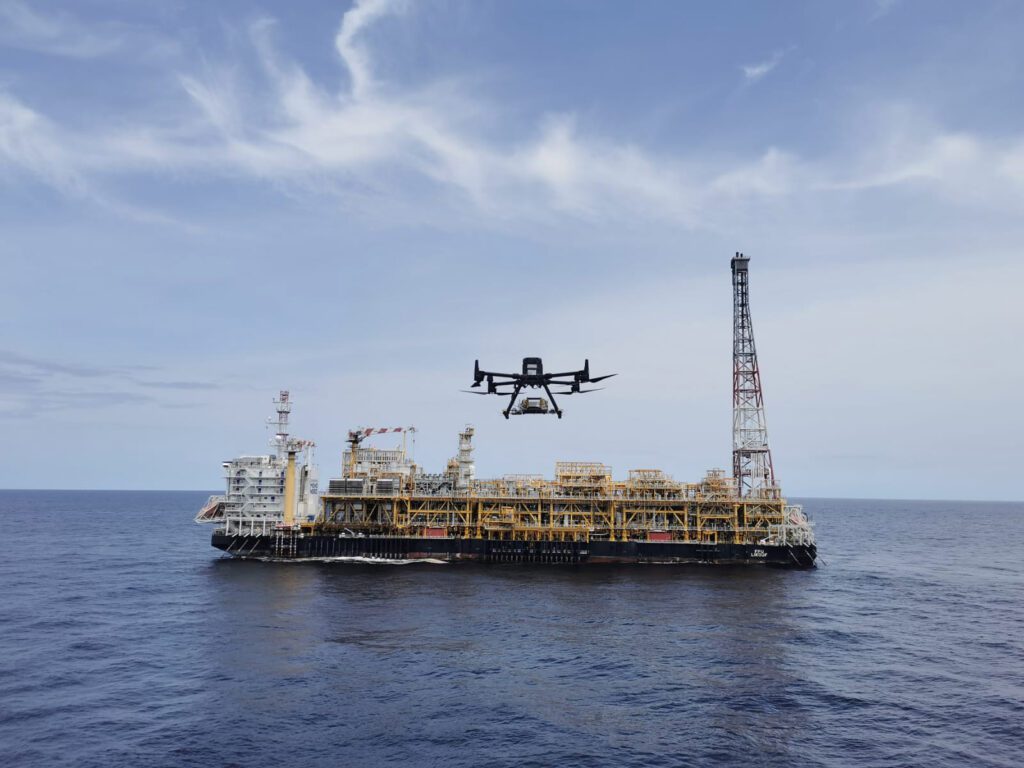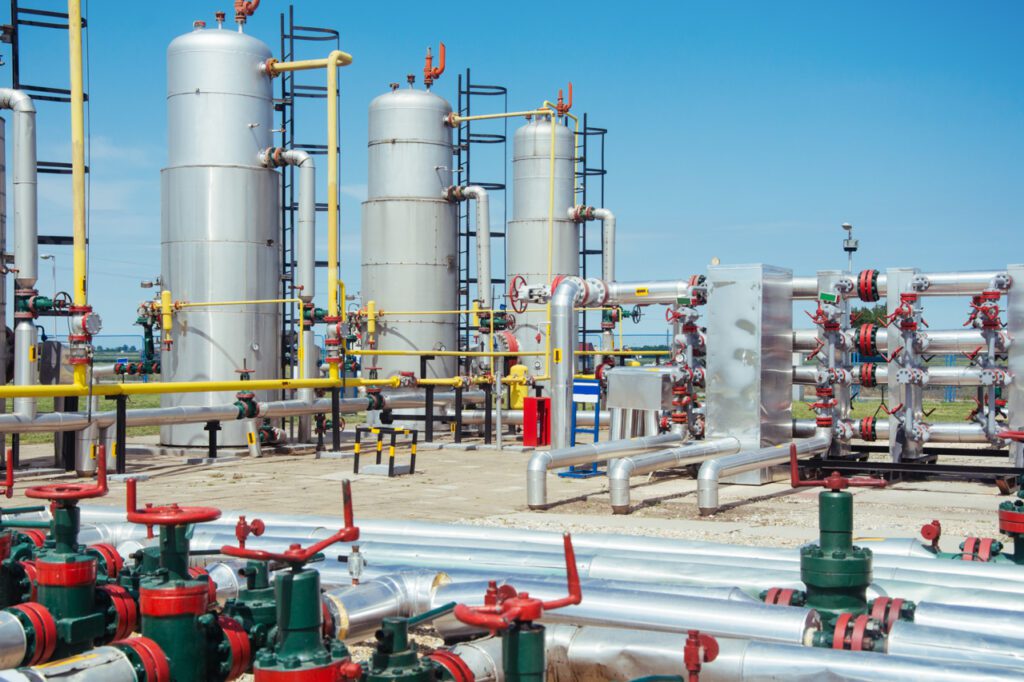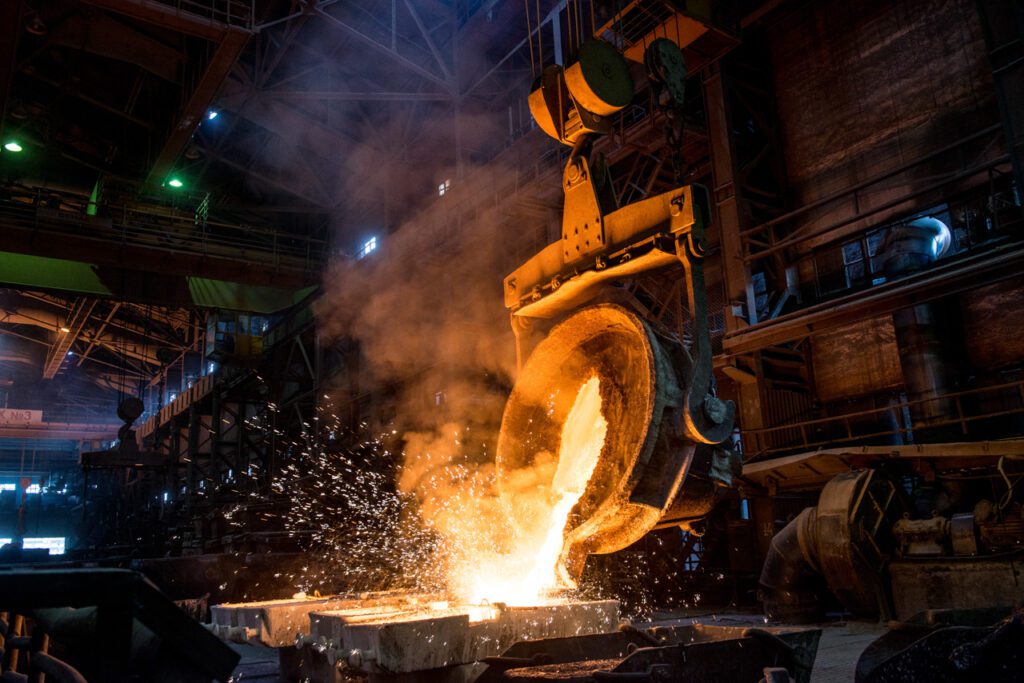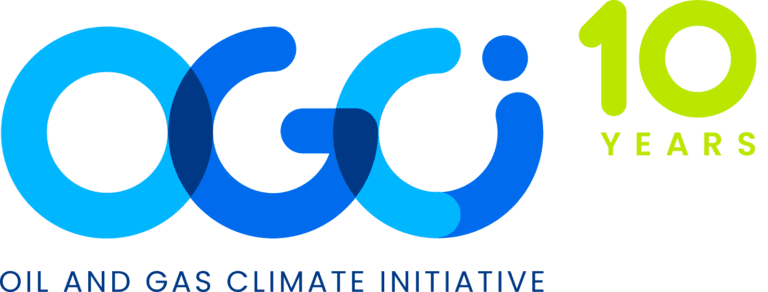Results of OGCI Satellite Monitoring Campaign 2022-2023 over Kazakhstan, Algeria and Egypt

This document presents the results of OGCI’s 2022-2023 Satellite Monitoring Campaign in Kazakhstan, Algeria, and Egypt. Building on the success of the 2021-2022 campaign in Iraq, this phase aimed to enable rapid and effective action on methane emissions in the oil and gas sector. Over the course of a year, GHGSat conducted more than 530 […]
EPA Subpart W

Subpart W is part of the U.S. EPA’s Greenhouse Gas Reporting Program, focusing on reporting methane and other greenhouse gas emissions from the petroleum and natural gas sectors. This webpage provides essential resources for Subpart W reporters, including guidance on compliance, links to rulemaking documents, and tools to support accurate data submission. It helps facilities […]
EU methane regulations

EU Methane Regulations. The EU Methane Regulation (EU/2024/1787), effective from August 4, 2024, marks a significant step in the EU’s strategy to reduce methane emissions from the energy sector. Its key objectives are to eliminate avoidable methane releases and minimize leaks in both the EU and its global supply chains. The regulation introduces several measures, […]
Energy emissions modeling and data lab

EEMDL will build models and tools to improve greenhouse gas emissions accounting across energy supply chains. These models and tools will be peer-reviewed, transparent, timely, measurement-based, and made publicly available for all stakeholders. EEMDL’s suite of models are classified into five categories, based on applications. As these models are built and made publicly available more […]
Standards of performance for new, reconstructed, and modified sources and emissions guidelines for existing sources: Oil and Natural Gas Sector Climate Review

Final Rule for Oil and Natural Gas Operations. The rule includes standards to reduce methane and volatile organic compounds (VOCs) from new, modified, and reconstructed sources. It also includes Emissions Guidelines for states to follow as they develop plans to limit methane emissions from existing sources.
Global Methane Pledge

Participants joining the Pledge agree to take voluntary actions to contribute to a collective effort to reduce global methane emissions at least 30 percent from 2020 levels by 2030. This is a global, not a national reduction target. Participants to the Pledge also commit to moving towards using the highest tier IPCC good practice inventory […]
Inflation Reduction Act – methane regulation article

In this legal analysis Harvard Environmental & Energy Law Program explain how the text of the IRA established the framework that EPA must follow, and the flexibility that EPA may be able to include in the final rule consistent with the statute. They also highlight potential tension points for stakeholders as they consider how to […]
EPA’s final rule to reduce methane and other harmful pollution from oil and gas operations

US EPA’s final rule summary. This document provides a comprehensive overview of the US EPA’s final rule on methane emissions, focusing on key regulatory elements. It outlines the applicability of the NSPS OOOOb rule, specifying compliance dates and operator requirements. It also introduces how advanced methane detection technologies can be used and the Super-Emitter program. […]
MiQ buyers calculator

MiQ has developed and launched the Gas Buyers Methane Emissions Calculator, a tool designed to help natural gas buyers assess the potential methane emissions reductions associated with purchasing MiQ-certified gas. The calculator compares emissions from the production segment of MiQ-certified gas against benchmark gas, providing buyers with valuable insights into the environmental benefits of choosing […]
MiQ standard

Standard for meeting MiQ certified gas requirements. The MiQ Standard is a standalone framework to assess the methane emissions intensity and carbon (CO2e) intensity at the asset level from each stage of the natural gas supply chain and some stages of the crude oil and natural gas liquids supply chain. The MiQ Standard is followed […]
